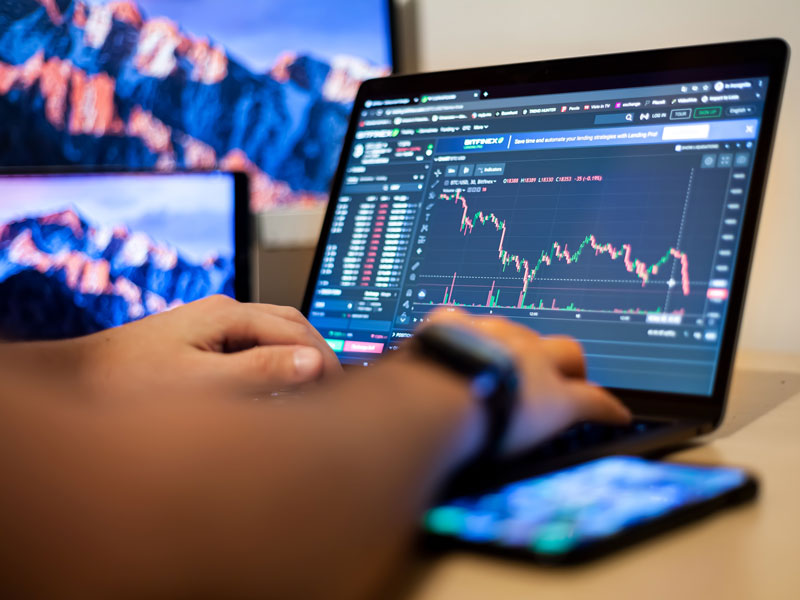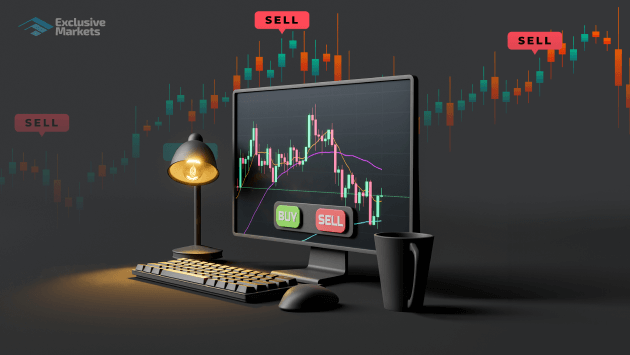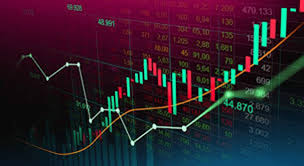The Future of Forex Understanding Automated Trading Strategies

Automated forex trading has revolutionized the way traders engage with the foreign exchange market. By utilizing advanced algorithms and automated systems, traders can significantly improve their efficiency, accuracy, and overall success. Understanding these systems is crucial for anyone looking to make a mark in the forex industry. For those interested in exploring diverse trading options, automated forex trading Turkey Brokers offer various solutions tailored to meet individual trader needs.
What is Automated Forex Trading?
Automated forex trading refers to the use of computer programs and algorithms to execute trades on behalf of the trader. These automated systems can analyze market data, identify trading opportunities, and execute trades at lightning speed, all without the need for human intervention. This approach is particularly beneficial in the fast-paced forex market, where even a split second can make a significant difference in trade outcomes.
Benefits of Automated Forex Trading
The benefits of automated forex trading are numerous and significant:
- Emotion-Free Trading: By removing human emotions from the trading equation, automated systems reduce the risk of impulsive decisions based on fear or greed.
- Consistency: Automated systems follow a predefined set of rules without deviation, ensuring that traders stick to their strategies regardless of market conditions.
- Speed: Automated trading systems can analyze market conditions and execute trades in milliseconds, allowing traders to capitalize on fleeting opportunities.
- Accuracy: Algorithms can process vast amounts of data and identify patterns that may not be visible to human traders, enhancing the potential for profitable trades.
- Backtesting: Traders can test their automated strategies against historical data to assess their effectiveness before deploying them in live trading.

Types of Automated Trading Systems
There are several types of automated trading systems, each catering to different trading styles and strategies:
- Expert Advisors (EAs): EAs are popular in the MetaTrader platform and allow traders to automate their strategies based on predefined parameters.
- Algorithmic Trading Software: These programs utilize mathematical models and formulas to make trades based on real-time market data.
- Trading Bots: Trading bots are AI-driven systems that can learn from market movement and adapt their strategies accordingly.
- Social Trading Platforms: These platforms allow users to copy the trades of successful traders automatically.
Key Components of an Automated Trading System
To develop an effective automated trading system, traders should consider the following key components:
- Market Analysis: The system should include complementary techniques for analyzing market conditions, such as technical indicators and fundamental analysis.
- Risk Management: Incorporating risk management strategies, such as stop-loss orders and position sizing, is crucial to protect against significant losses.
- Backtesting: Comprehensive backtesting on historical data ensures the viability of the trading strategy before committing real capital.
- Execution Speed: The speed of order execution is critical in the forex market, where rapid movements can lead to significant opportunities or losses.
Challenges of Automated Forex Trading

While automated forex trading offers various advantages, it is not without its challenges:
- Technical Issues: Connectivity issues, server downtimes, or software glitches can impact trading performance.
- Over-Optimization: Systems can be overly optimized for historical data, leading to poor performance in live trading scenarios.
- Lack of Human Insight: Automated systems may miss contextual interpretations of market events that could affect trade decisions.
- Market Changes: As markets evolve, previously successful strategies may become outdated, necessitating continual monitoring and adjustments.
Getting Started with Automated Forex Trading
For those interested in diving into automated forex trading, here are steps to get started:
- Educate Yourself: Understanding the fundamentals of forex trading, market sentiment, and technical analysis is crucial before automating your strategies.
- Select a Trading Platform: Choose a platform that supports automated trading, such as MetaTrader or cTrader, which allows the use of EAs or trading bots.
- Develop or Choose a Strategy: You can either create your own trading algorithm or choose from tested systems available in the market.
- Backtest Your Strategy: Use historical data to evaluate the performance of your trading strategy. Make tweaks as necessary.
- Start Small: Once you feel confident, begin trading with a demo account or with a small amount of capital in a live account.
- Monitor Performance: Regularly review your trading results and make adjustments to your strategy to account for changes in market conditions.
Conclusion
Automated forex trading presents a significant opportunity for traders looking to maximize efficiency and profitability in the foreign exchange market. By leveraging technology and algorithms, traders can navigate the complexities of the forex landscape more effectively. However, as with any trading strategy, it is essential to remain informed and adaptable, continuously refining your approach to ensure long-term success.